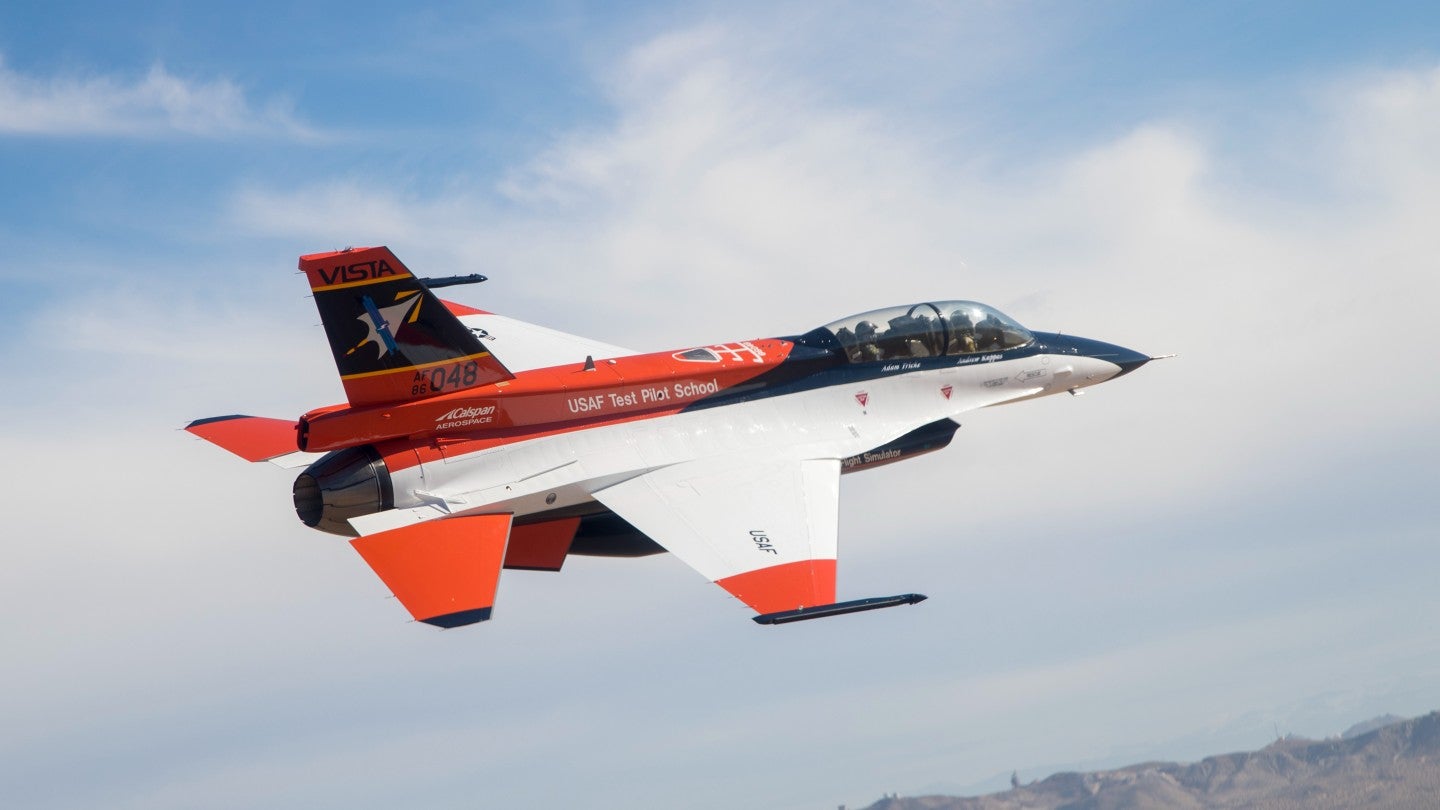
The US Defense Advanced Research Projects Agency (DARPA) has successfully completed the first live-flight demonstration to test air combat algorithms on a specialised F-16 fighter aircraft.
The new achievement marks a significant milestone in DARPA’s Air Combat Evolution (ACE) programme, which commenced in 2019.
Work on this live demonstration began in December 2022, when ACE algorithm developers first uploaded artificial intelligence (AI) software into a specially configured F-16 jet, referred to as the X-62A Variable In-flight Simulator Test Aircraft (VISTA).
Following this, the team performed several flight tests from US Air Force (USAF) Test Pilot School (TPS) at Edwards Air Force Base, California, to prove that AI agents can control a full-scale aircraft.
In three years, the programme has progressed from controlling simulated F-16 aircraft, aerial dogfights, and computer screens to handling live-flying F-16s.
The ACE AI flight tests also provided crucial live-flight data. It was conducted as part of a broader test event that included TPS, DARPA and the Air Force Research Laboratory (AFRL).
The flight test allowed DARPA performers, including EpiSci, PhysicsAI, Shield AI, and Johns Hopkins Applied Physics Laboratory, to fly multiple F-16 AI algorithms aboard Lockheed Martin-built two-seat X-62A.
The X-62A was recently integrated with System for Autonomous Control of Simulation for testing ACE’s autonomous F-16 AI agents, with a safety pilot deployed aboard the aircraft.
DARPA ACE programme manager and USAF lieutenant colonel Ryan Hefron said: “We conducted multiple sorties (take-offs and landings) with numerous test points performed on each sortie to test algorithms under varying starting conditions, against various simulated adversaries and with simulated weapons capabilities.”
“We didn’t run into any major issues but did encounter some differences compared to simulation-based results, which is to be expected when transitioning from virtual to live.”



